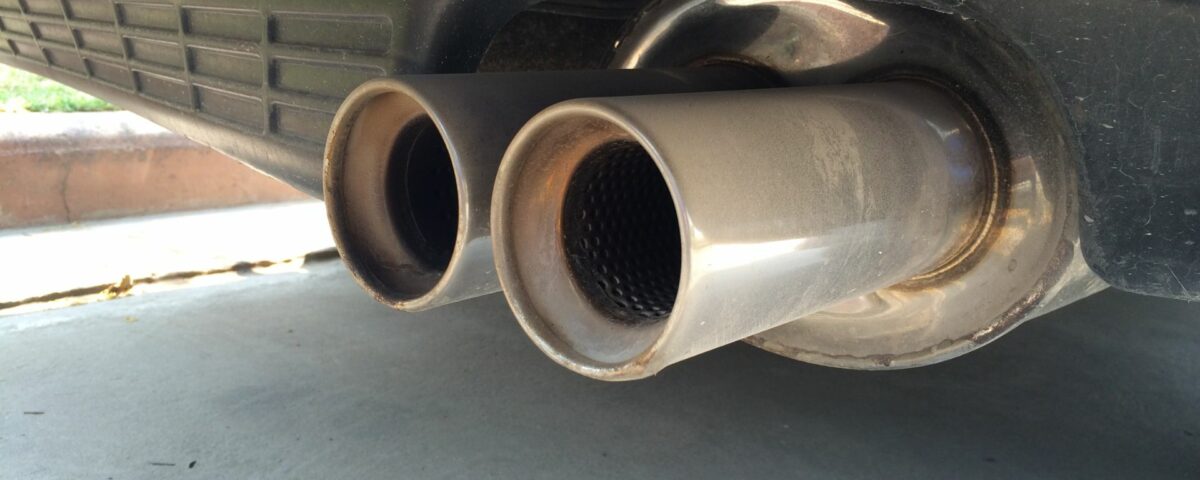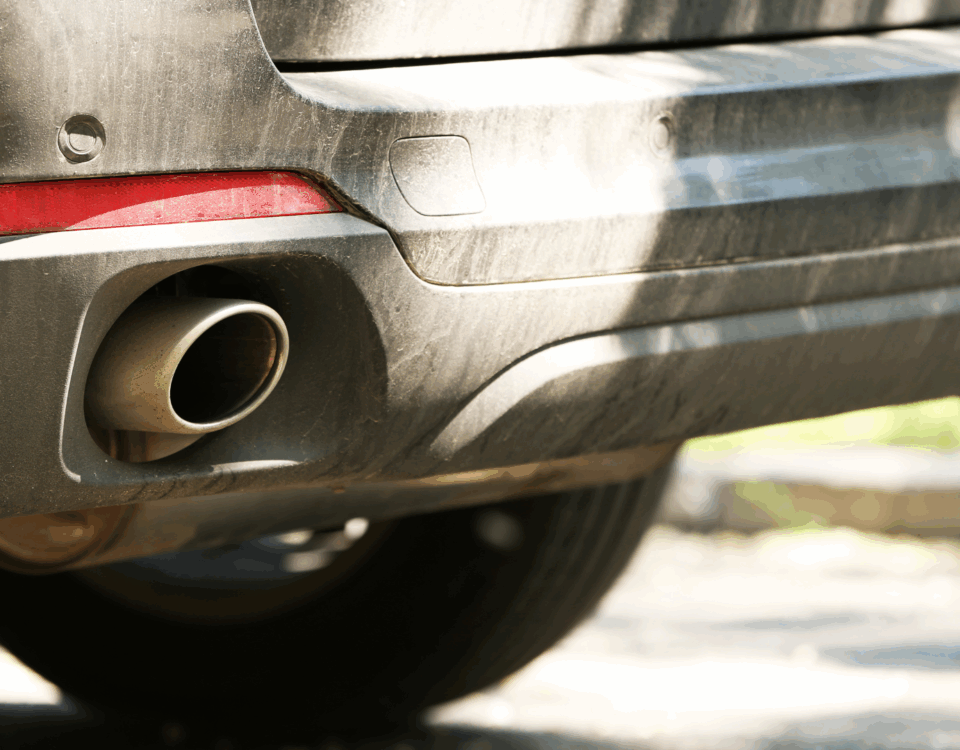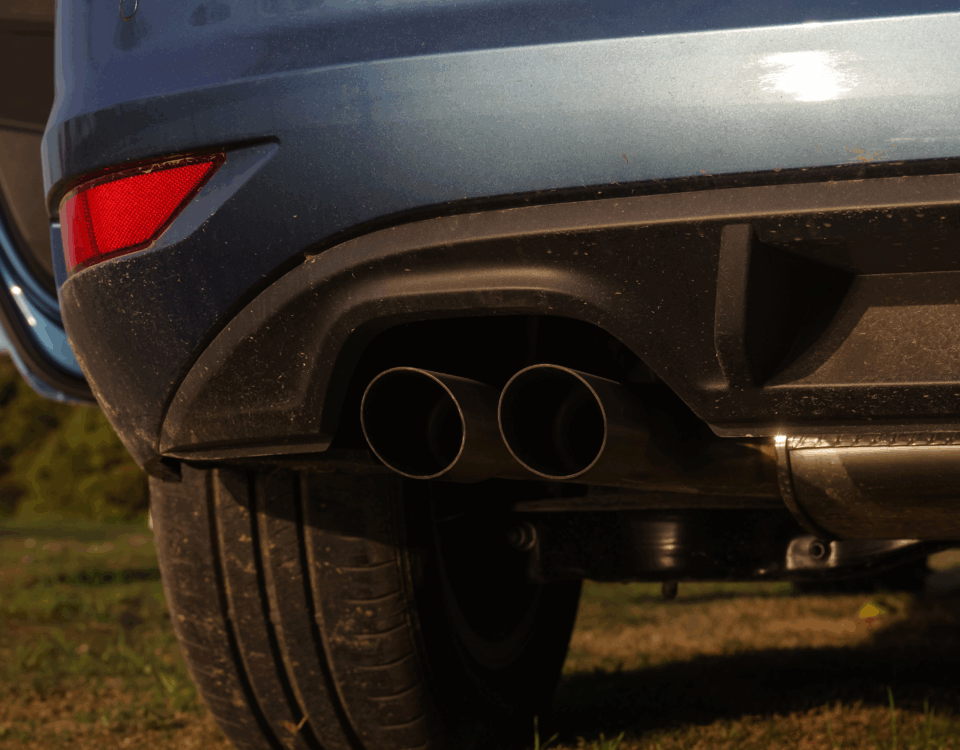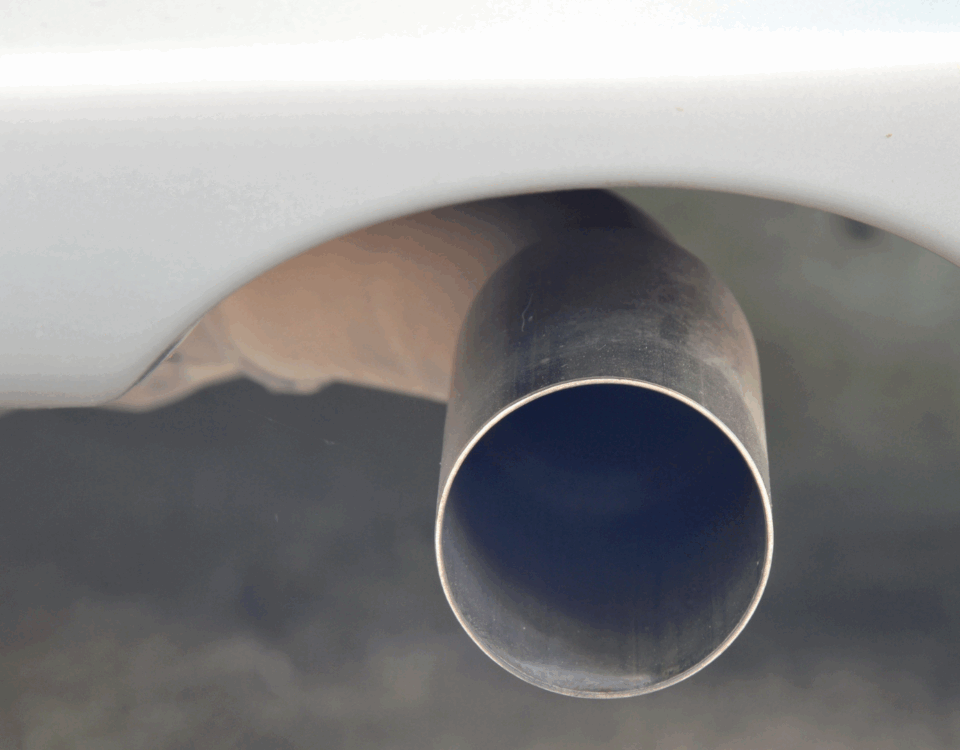Smog Test Locations Near Me: Tips for Finding the Best Service
February 10, 2025
Steps to Take Before Your Smog Check to Ensure a Pass
February 17, 2025Understand the Smog Check Requirements
A Smog Check is a mandatory test that measures the emissions your vehicle produces. Each state has different regulations, but in general, the test evaluates your car’s engine efficiency and exhaust system. If your vehicle is due for a Smog Check, it’s important to understand the local requirements. Some states exempt newer cars, while others mandate testing every two years. Before taking the test, research your state’s laws to ensure your vehicle qualifies and avoid unnecessary retests.
The main goal of a Smog Check is to reduce pollution and keep the air clean. If your car fails, it may indicate mechanical issues that need immediate attention. Taking proactive steps before the test will save time and money, preventing costly repairs later. Regular maintenance is key to keeping your emissions within legal limits.
Maintain Your Vehicle’s Engine for a Successful Smog Check
A well-maintained engine is the key to passing a Smog Check. Dirty or malfunctioning parts can cause increased emissions, leading to test failure. Make sure to check and replace the air filter, spark plugs, and engine oil before heading to the inspection station. Old engine oil contains contaminants that increase emissions, so changing it before the test can improve your chances of passing.
Another critical factor is the fuel system. If your car has a history of check engine lights, it’s best to address the issue before taking the test. Many modern vehicles have onboard diagnostics that detect emission-related issues. If the check engine light is on, your car will automatically fail the Smog Check.
Drive Your Car Before the Smog Check
Vehicles that have been sitting for long periods may fail a Smog Check due to a cold engine. Driving your car for at least 15-20 minutes before the test warms up the engine and catalytic converter, improving efficiency. A warm engine burns fuel more effectively, reducing excess emissions.
Short trips do not allow the car’s systems to reach optimal operating temperatures, leading to inaccurate readings during the Smog Check. If your vehicle recently had a dead battery or repairs that required disconnecting the battery, drive it for at least 100 miles before the test. This allows the onboard computer to reset and recalibrate emissions data.
Use High-Quality Fuel and Additives to Reduce Emissions
Using high-quality gasoline can help lower emissions and improve overall engine performance. Lower-grade fuel may contain impurities that increase carbon buildup, leading to higher emissions. Consider using fuel additives designed to clean the fuel system and reduce carbon deposits in the engine.
These additives work by cleaning the fuel injectors and intake valves, ensuring optimal combustion. Some additives are specifically formulated to help pass a Smog Check by reducing pollutants in the exhaust. Using them a few weeks before the test can make a noticeable difference in emission levels.
Visit a Reliable Smog Check Station
Choosing the right Smog Check station can impact your chances of passing. Some stations offer free retests if your car fails, while others may provide pre-inspections to help identify potential issues. Look for certified testing locations that follow state regulations and have good customer reviews.
If your car does not pass the Smog Check, ask the technician for details about the failure. In many cases, small repairs such as replacing a gas cap or fixing a minor leak can resolve the issue. A reputable station will provide recommendations to fix emission problems and ensure your vehicle meets legal requirements.






